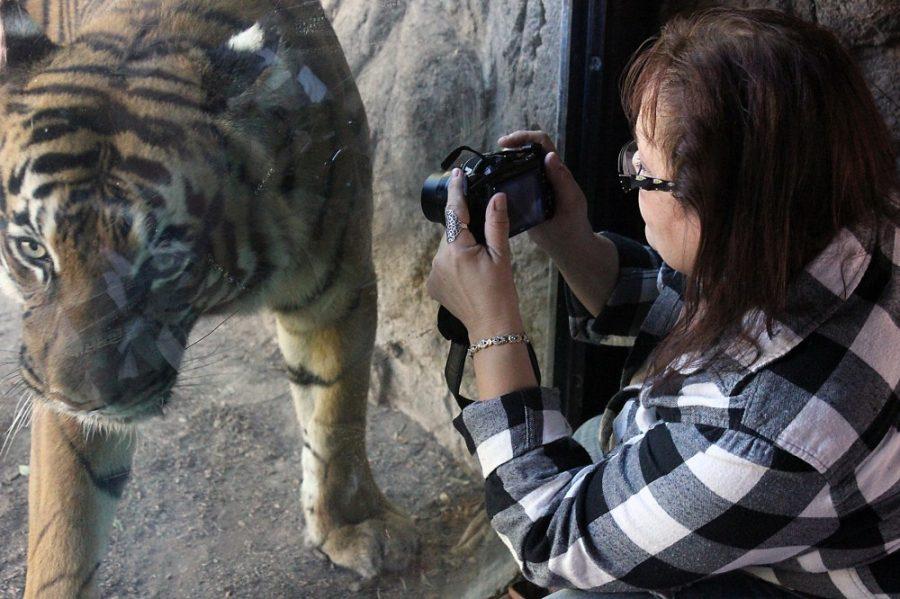The UA is no stranger to researching climate change, but a new professor-led environmental initiative looks to analyze something more.
The project, called Spatial Planning for Protected Areas in Response to Climate Change, looks at both climate issues and extinctions. Brian Enquist, professor of ecology and evolutionary biology, just joined a team of international scientists working to teach countries how to avoid climate change-induced extinctions.
Global Environment Facility, which helps to address and fund environmental problems around the globe, funds the project, while Conversation International, which helps to protect the world’s natural resources, manages it.
SPARC will model climate change responses of more than 100,000 species based on large sets of data to plan for effective conservation in response to climate change. The species at hand come from mostly from tropical regionson three separate continents.
Changing climates have already triggered movement of both species and entire ecosystems, sometimes forcing them to cross borders. Every species and ecosystem is unique in its climactic tolerances, though, so the responses are different.
Species already move to follow their ideal climate, but the team working on SPARC will use information from scientists around the globe to estimate the movement of these species by modeling the effects of climate change on topical plants and animals.
Models of plant and animal movement will allow everyone from scientists to conservationists (and even the government) to locate regions that could preserve biodiversity, if protected. In the long run, this will build a network of protected regions that work to reduce climate induced extinctions, provide clean water and tourism opportunities.
According to Enquist, the project is the first of its kind, as current global-scale conservation efforts have focused on biodiversity hotspots— small areas of the globe with a large percentage of species. These efforts haven’t focused on shifts in biodiversity hot spots, though, because determining the ranges of thousands of species isn’t plausible. SPARC is aiming to change that idea.
The project aims to lessen the difference between current areas of conservation and areas that will become necessary for species protection in the coming future in South American, Sub-Saharan Africa and Southeastern Asia.
According to Patrick Roehrdanz, managing scientist from Conservation International for SPARC, tropical ecosystems are especially sensitive to climate changes and from human activity, so it’s important now more than ever to put protected areas in the right places to prevent extinctions.
Enquist and team, thanks to a grant from the National Science Foundation, will use CyVerse, a data management platform at the BIO5 Instituteto conduct the project. CyVerse was only used for providing computational infrastructure for plant sciences launched in 2008, but after receiving a renewal grant in 2013, the platform expanded to provide data management for all of the life sciences.
The scientists working on SPARC will be able to utilize CyVerse’s supercomputing powers to scale up their models and forecast how hundreds of thousands of species will respond to a changing climate. The models will create a visualization of species distribution in light of climate change.
Follow Bailey Bellavance on Twitter.









